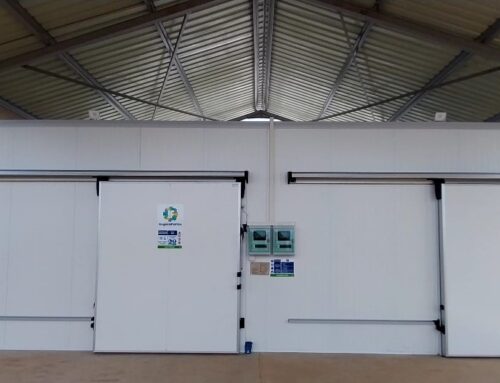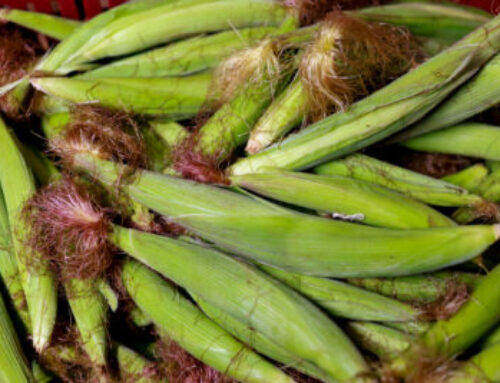Transforming local food systems for tackling malnutrition
Malnutrition affects one in three people on the planet. The lack of available, safe, and affordable food is chronically affecting nutrition levels, especially in emerging markets, where diets often consist of starchy staples with not enough nutrient-rich food, such as animal proteins, fruits, vegetables, beans, and pulses. The high cost of healthy and fresh food in emerging markets, where five servings of fruit and vegetables a day can cost more than half of the household income, is limiting people’s choices with regards to nutrition.
Currently, we see large-scale production of a limited number of crops that feeds a rapidly growing global population and has fueled economic specialization and growth. But at the same time, this has narrowed crop diversity, affecting global food systems so that many local food systems are failing to meet the needs of vulnerable populations.
According to Bioversity International, the global reduction of agricultural biodiversity in food systems is of increasing concern, because at present, just three crop species – rice, wheat and maize – provide more than 50% of the world’s calories from plants. The homogenization of agricultural production has a negative impact on the environment (including soil degradation and deforestation) and is causing an unhealthy transformation of diets and lifestyles. According to FAO, the decreasing availability of diverse local foods and the increase of industrialized foods have precipitated a shift away from traditional food resources towards commercial and convenience foods, and thus causing nutrition-related problems such as vitamin A deficiency and obesity.
So the challenge is how do we make our agriculture-food systems sustainable and healthy in a rapidly transforming context? And how can we make nutritious diets physically and economically accessible, and in an equitable way?
Many organizations are calling for a shift to the production of diverse, local, healthy, and environmentally sustainable foods that can be beneficial for people and the planet. There is a strong recommendation for increased consumption of plant-based foods – including fruits, vegetables, nuts, seeds, and whole grains – while in many settings substantially limiting animal-sourced food.
Also, there is a strong emphasis on changing the way food systems are configured, so healthy options can be more effectively available. According to GAIN, in emerging markets, the high levels of food losses between farm and consumer, and the limited transparency and competition, are driving up prices and keeping nutritious foods out of reach. GAIN’s Nutritious Food Foresight Report highlights a list of actions and innovations required for transforming local food systems and improving nutrition in emerging markets, for example:
Proximate processing
Processing and value addition closer to the point of production reduces postharvest loss, ensures nutrient retention, and increases the volume of high-quality foods, facilitating the marketability of products. Farmers’ cooperatives are encouraged take responsibility for performing many functions close to the farm gate, such as providing the aggregation and standardization point for smallholder-based value chains. High-quality value-addition, such as the production of flours, jellies, or frozen foods close to production, reduces perishability, which then facilitates consumer access to nutritious foods. Additionally, food drying is suggested as a cost-efficient method to prevent food spoilage in places where distribution is difficult and there is no cold chain, maintaining the nutrients of surplus foods that would otherwise be lost. Technologies such as mobile processing units or modular factories can facilitate food-safe spaces to perform processing in remote places or during specific seasons.
Keep it cool
Cold storage options extend food shelf life, preserve nutritional quality, and reduce microbial issues. It helps to increase product availability across markets while stabilizing demand and providing farmers with an incentive to increase production. Modular cold storage and mobile cooling boxes are options for farmers to access pre-cooling when cold storage is not immediately available.
Traceability for safety and transparency
Efficient and transparent distribution enables access to wider markets, stabilizing demand and reducing price volatility while ensuring food safety. For instance, mobile apps can help connect and control supply and demand, stabilizing prices and in consequence making nutritious foods available when and where they are needed.
On-demand 3rd-party logistics
It is necessary to facilitate the movement of food between areas where it is grown and areas where it is consumed. Services such as refrigerated transport and cold storage can expedite the movement of seasonal oversupply into markets with greater demand, thereby increasing access to nutritious foods in those markets.



